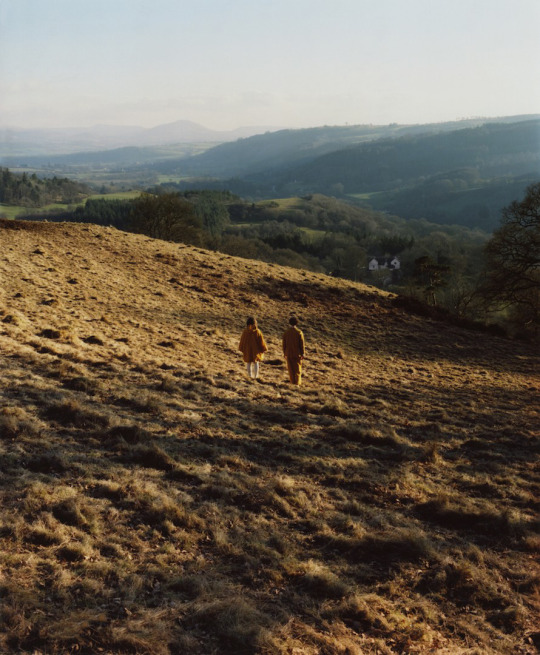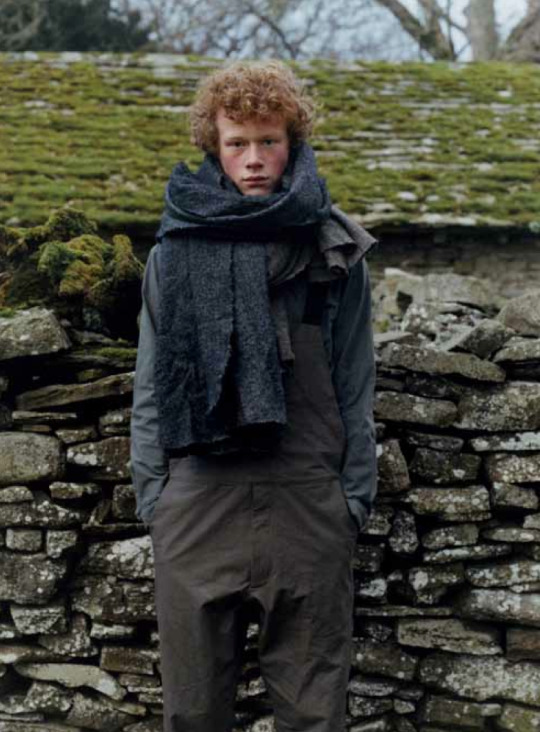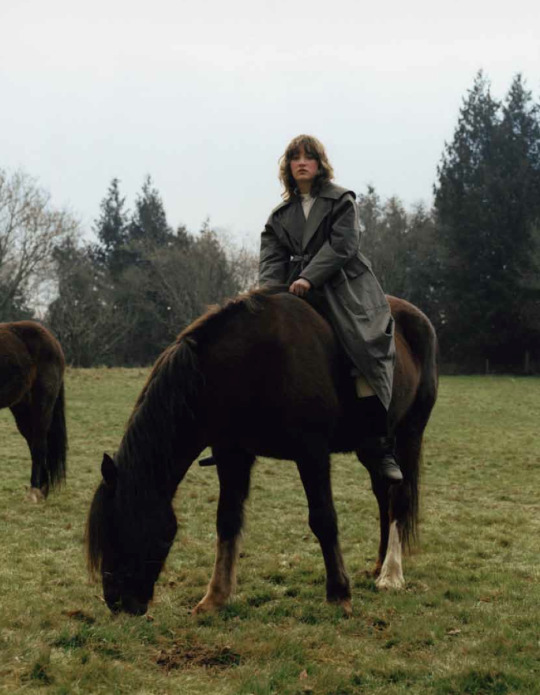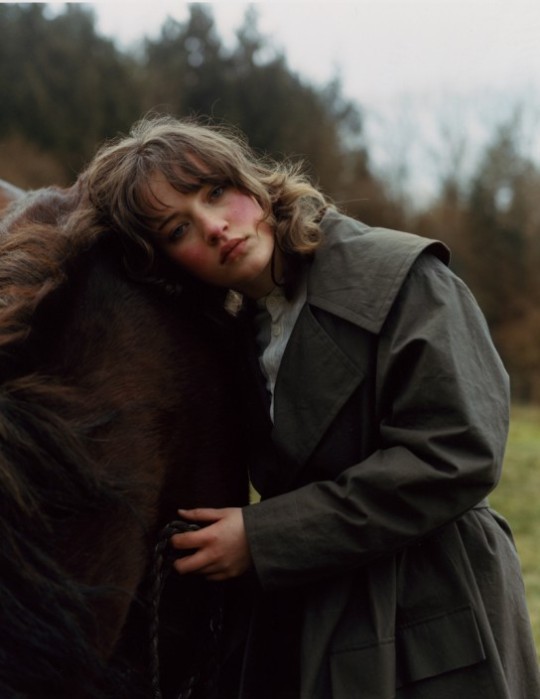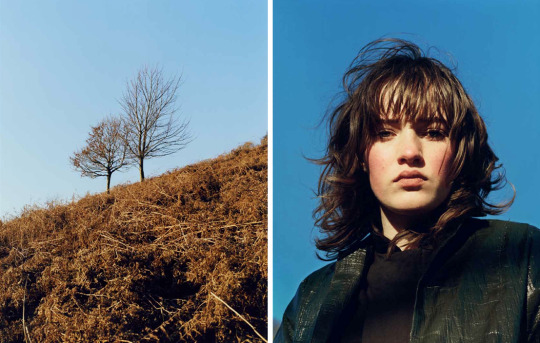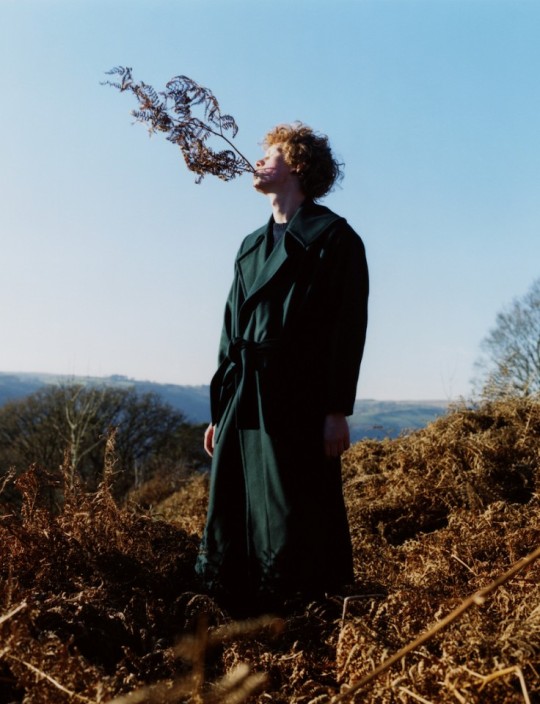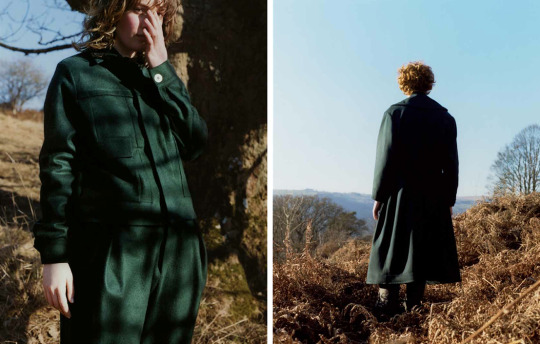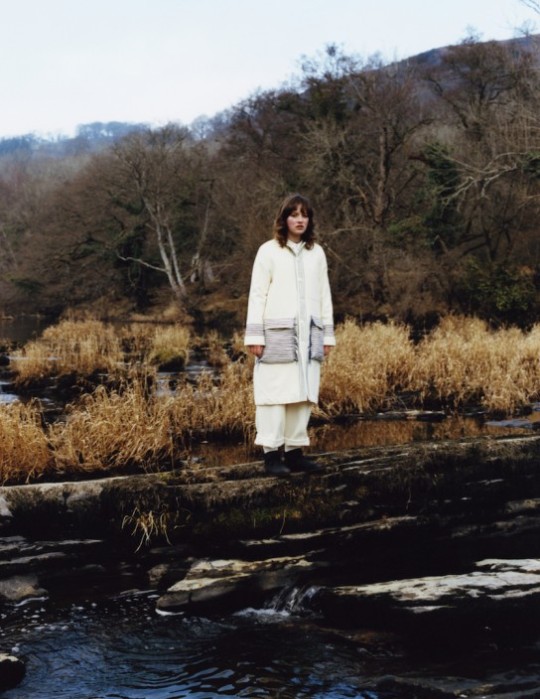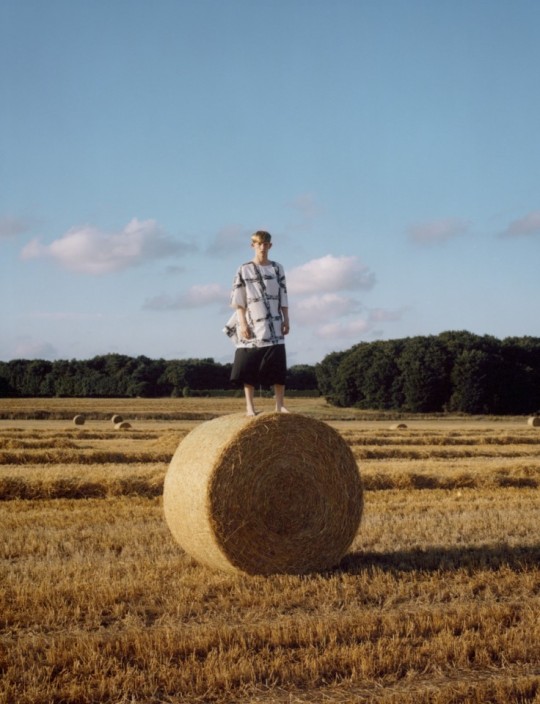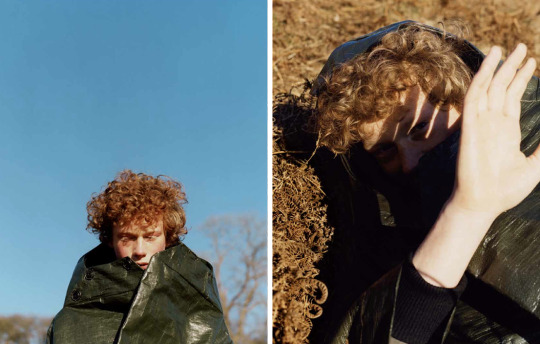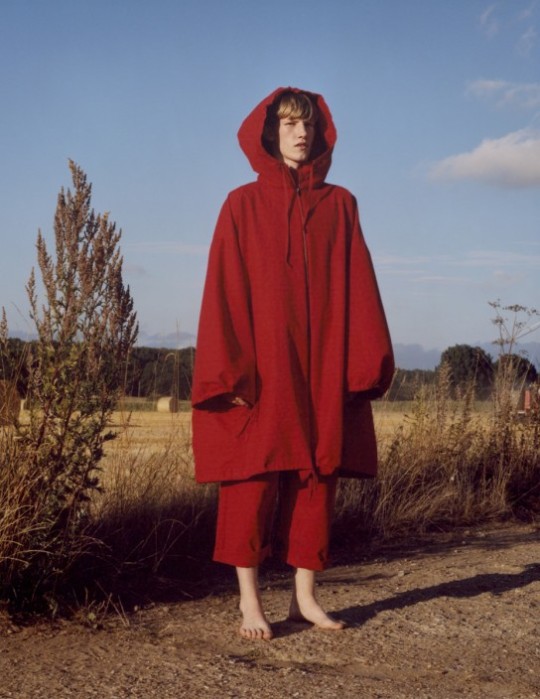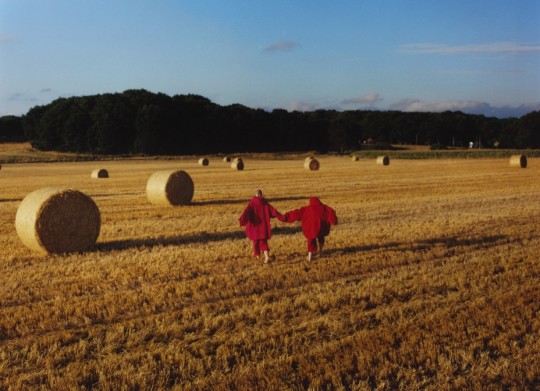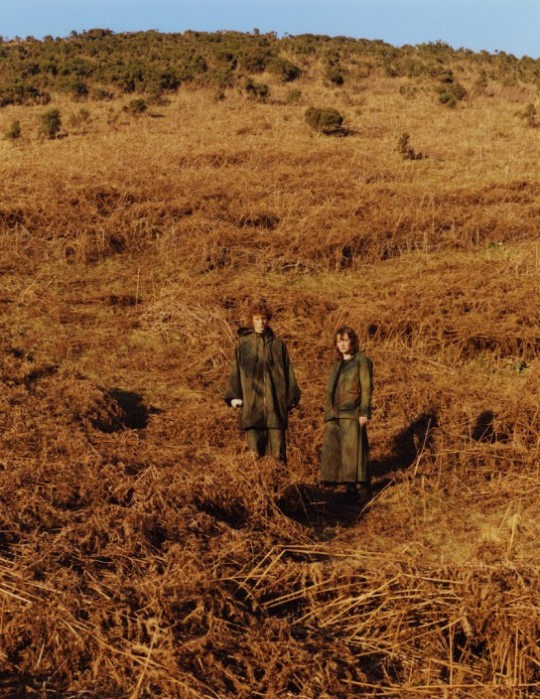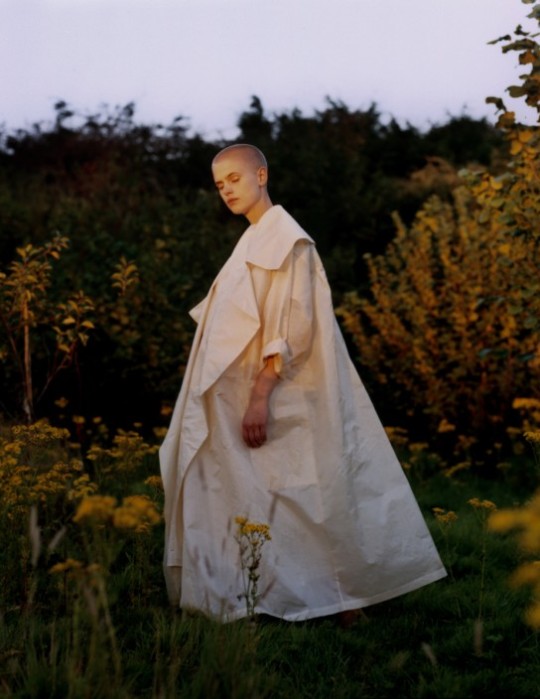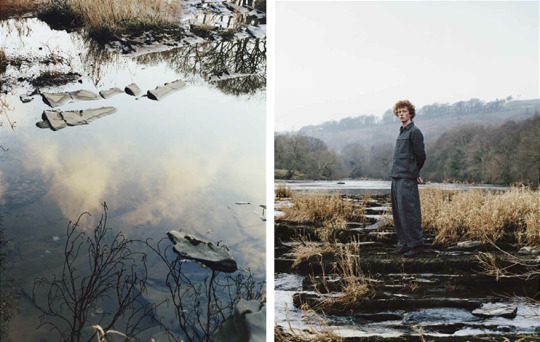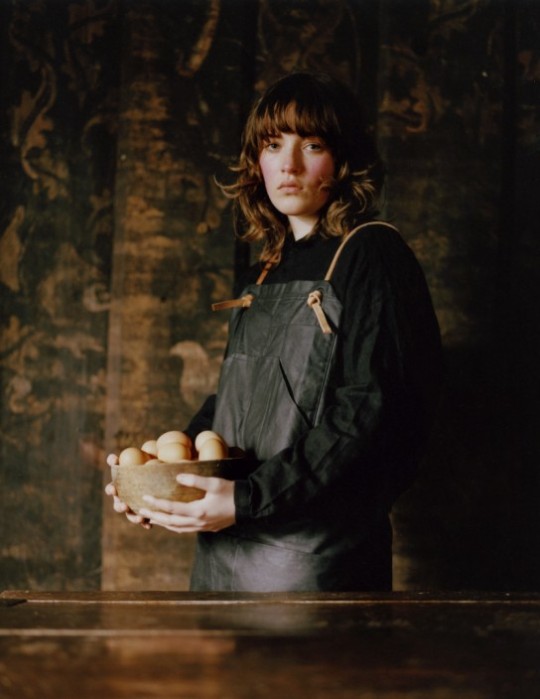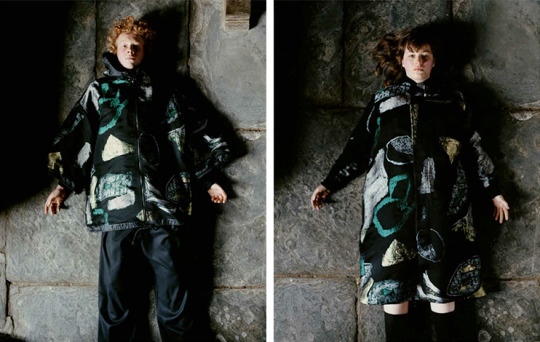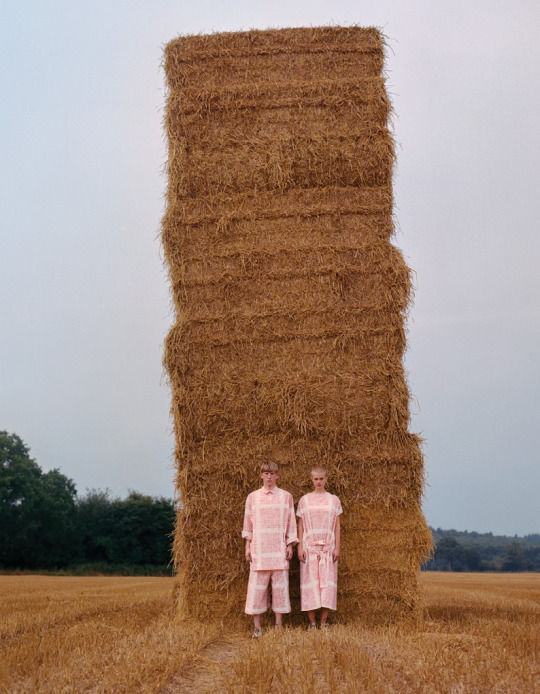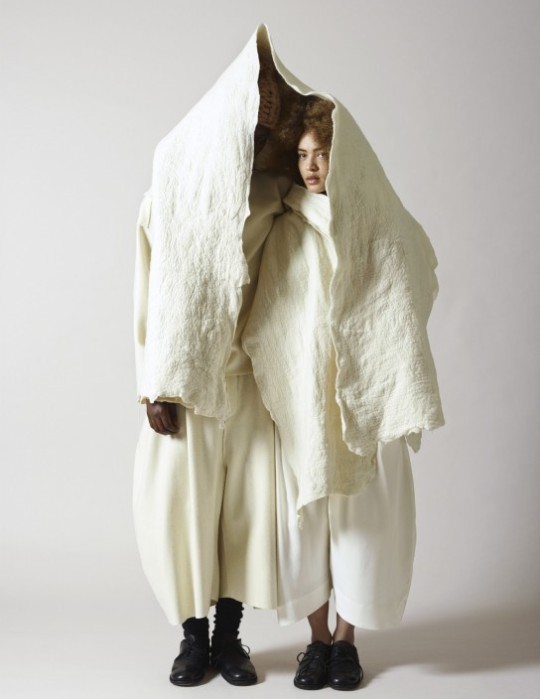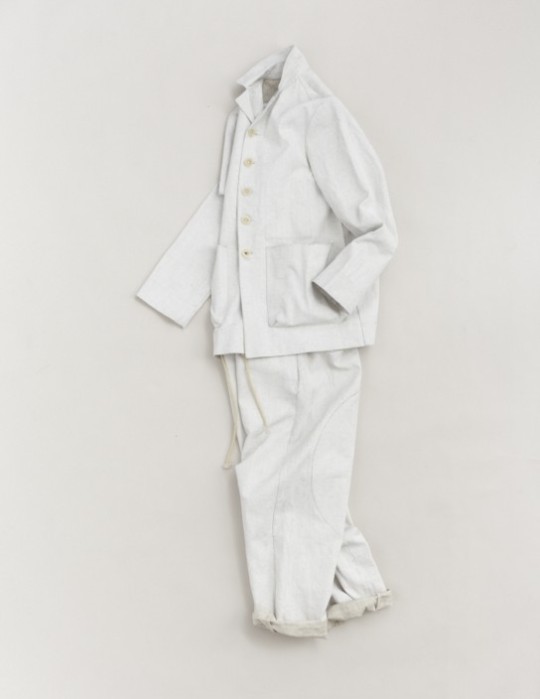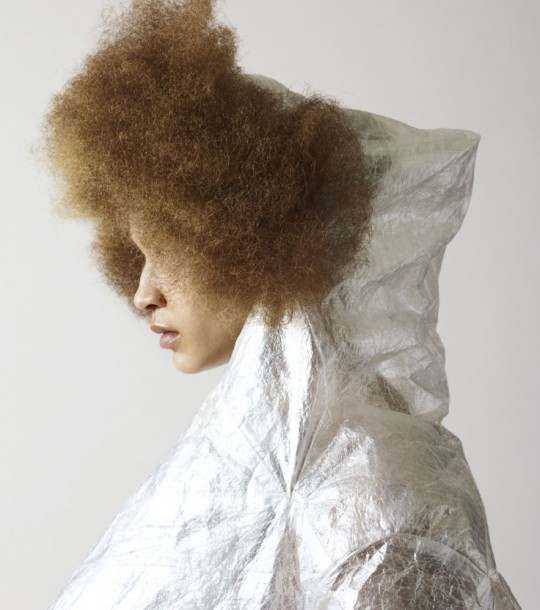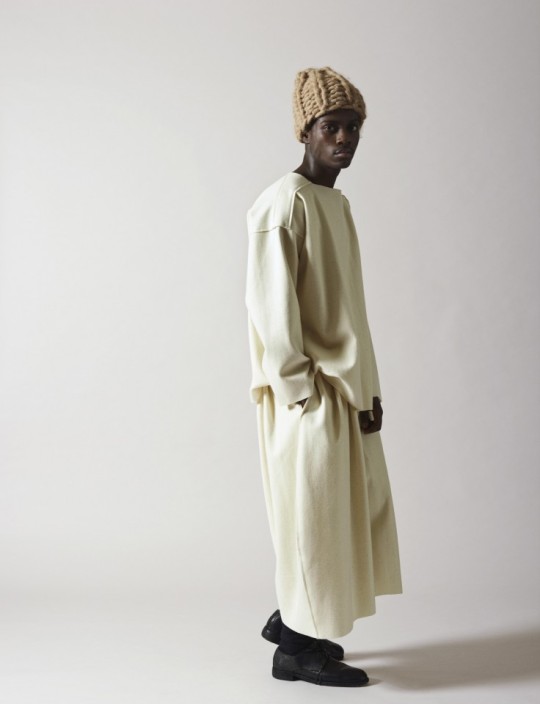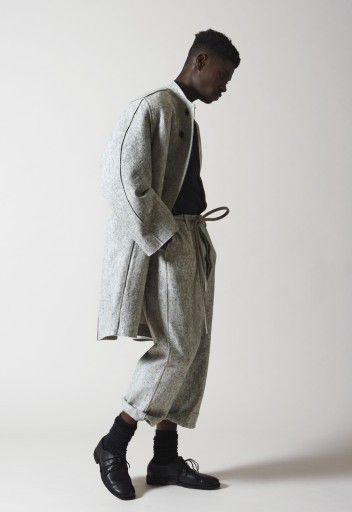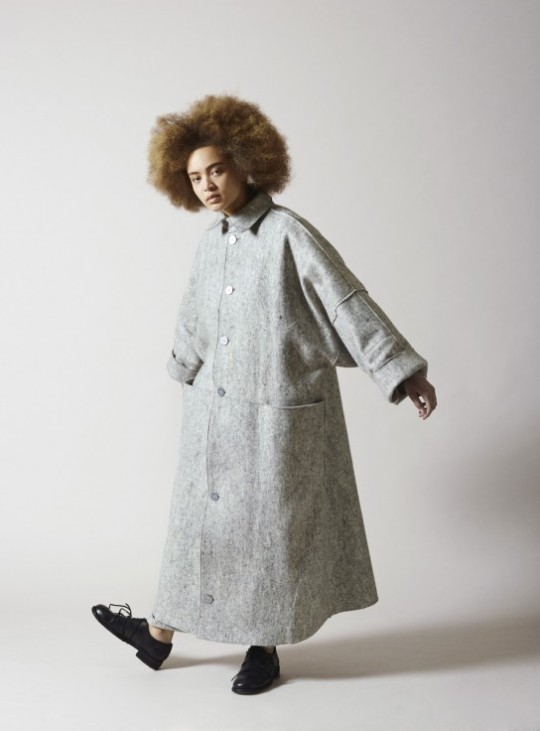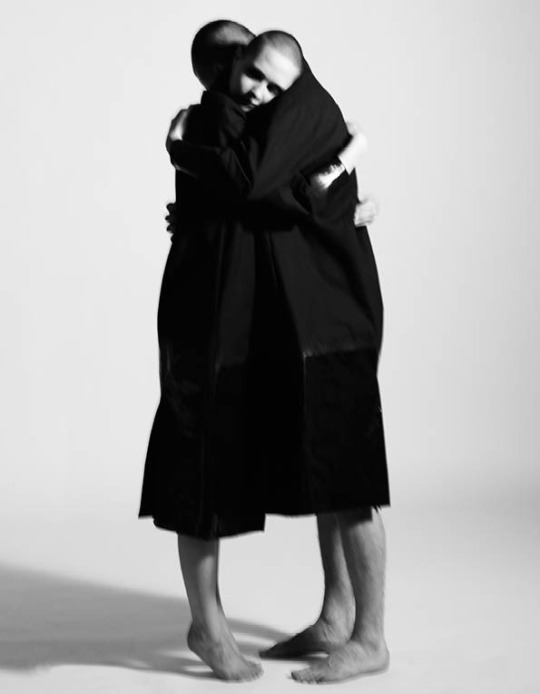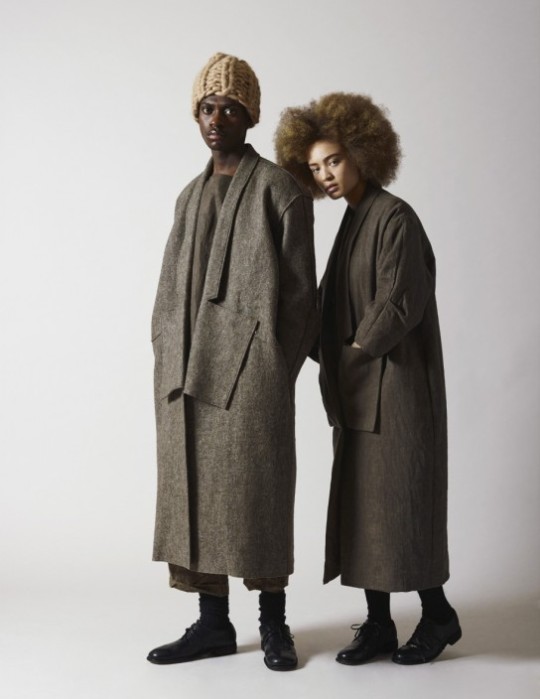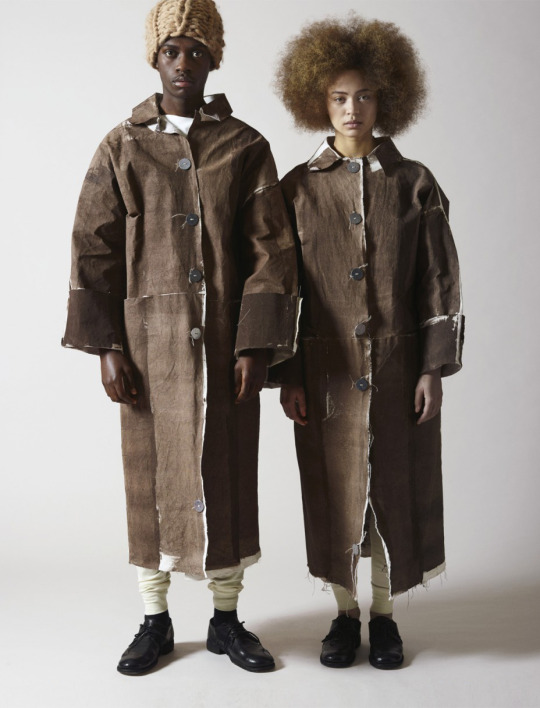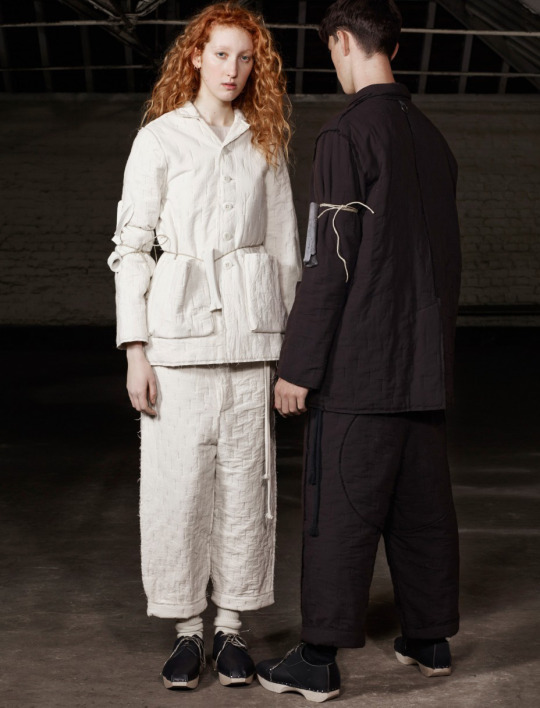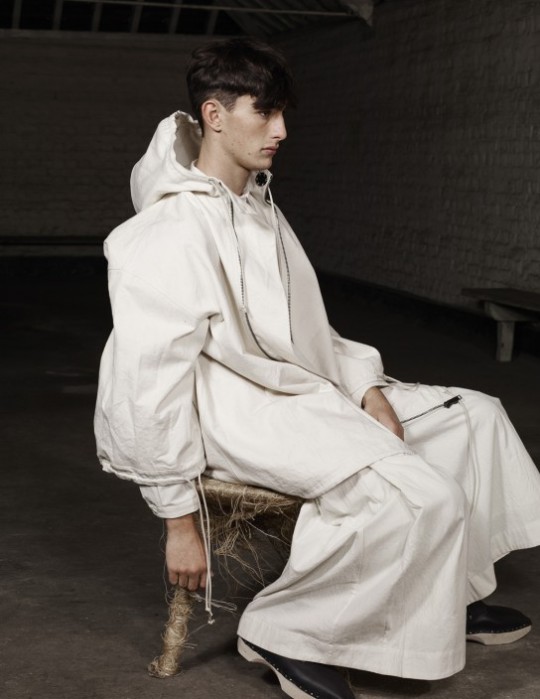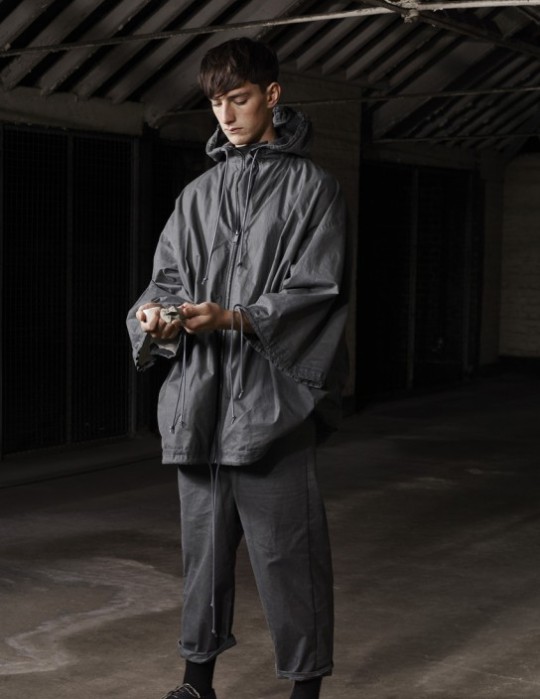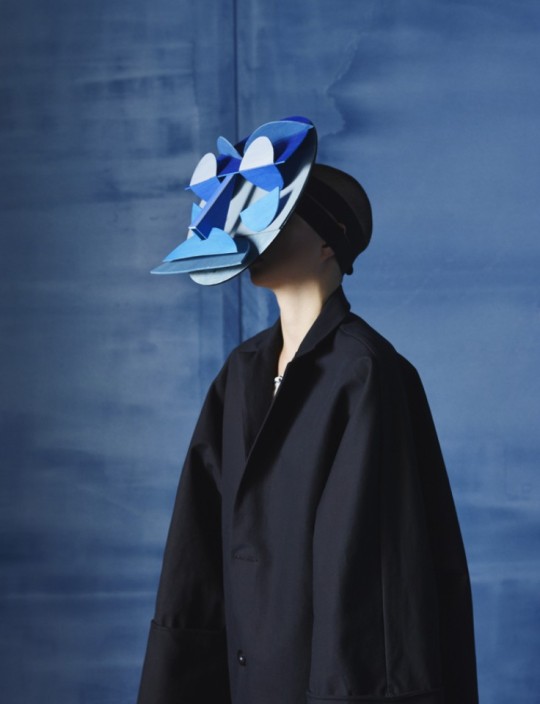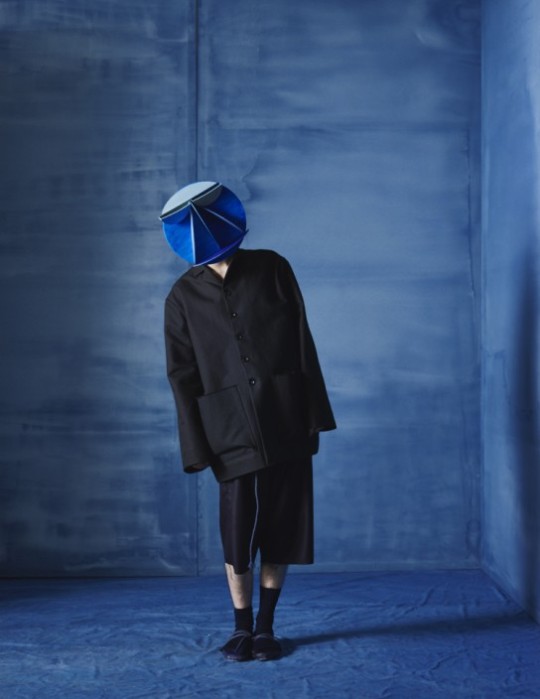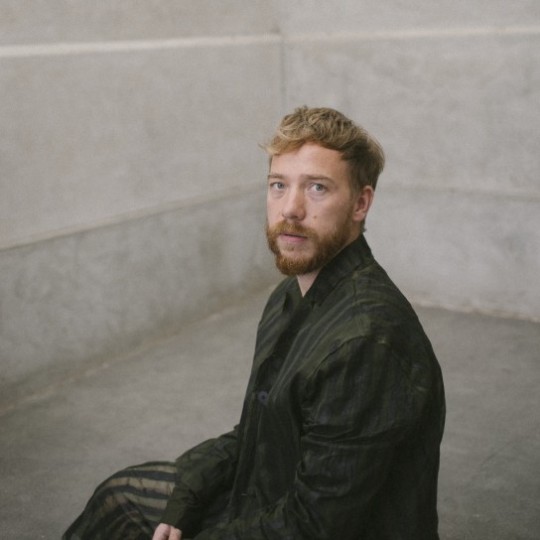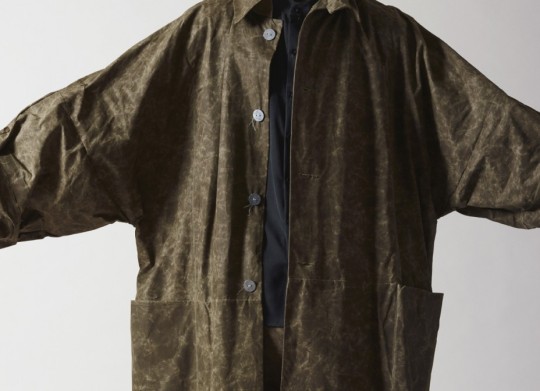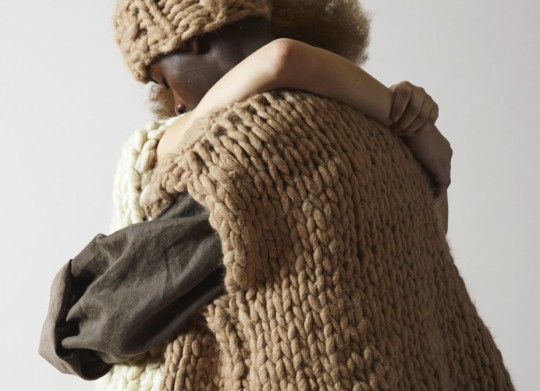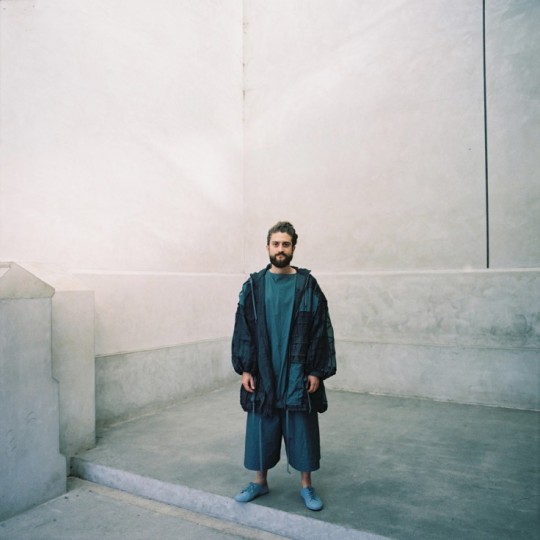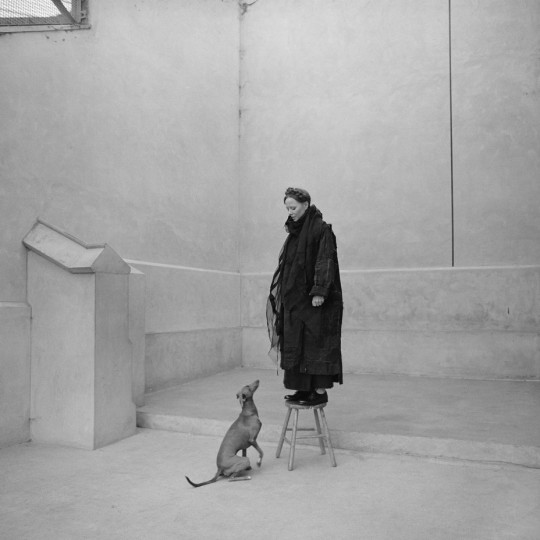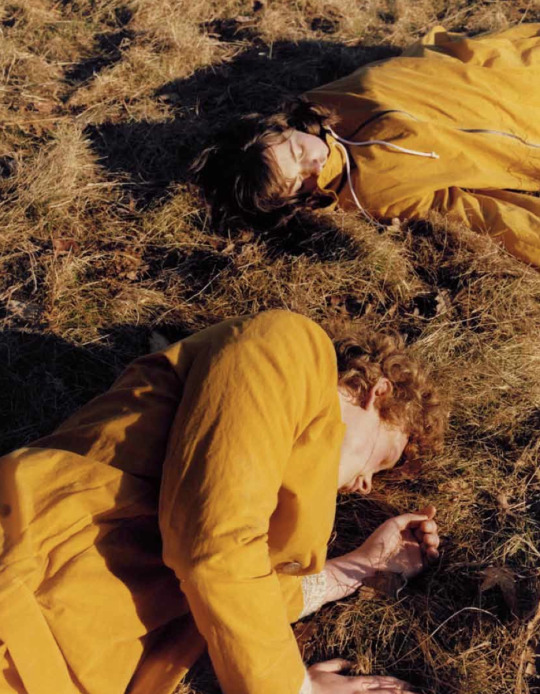
In an interview with The Telegraph, Patrick Grant of Norton & Sons and E. Tautz once described fashion as being an “ever-moving feast.” I often find that the quick-paced nature of fashion – where things are constantly being created and destroyed – makes the field endlessly interesting. There’s always something new, something different, something to talk about. And while my taste in tailoring leans classic, I like casualwear that’s a bit more progressive and experimental.
For the past few years, I’ve been doing these annual posts where I round up some new brands I recently found. To be sure, not all of them are actually new – many have been around for years – but they’re new to me. Here are seven labels I recently discovered. And while not all of them sell things I’d personally wear, I find them inspiring in some way. For more of the same, you can see previous years’ posts here, here, and here.
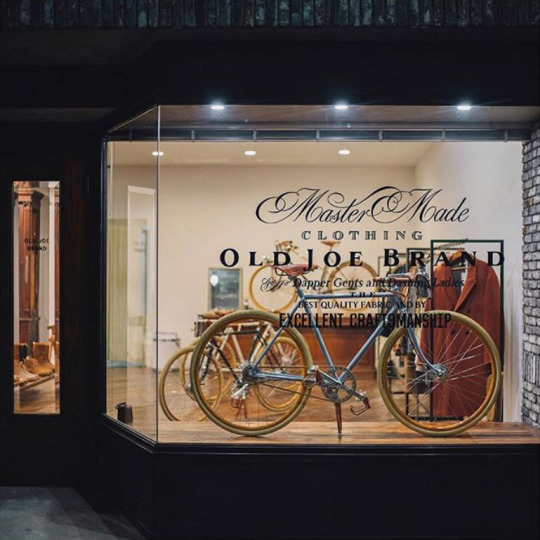
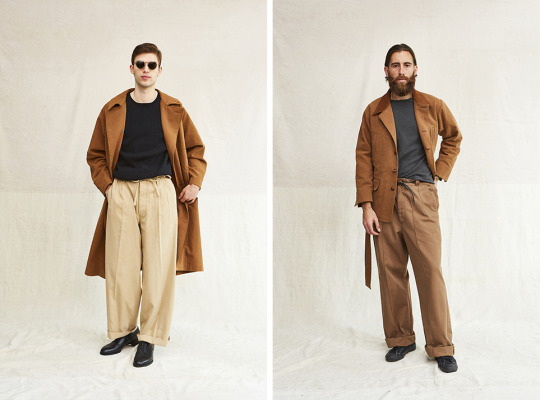
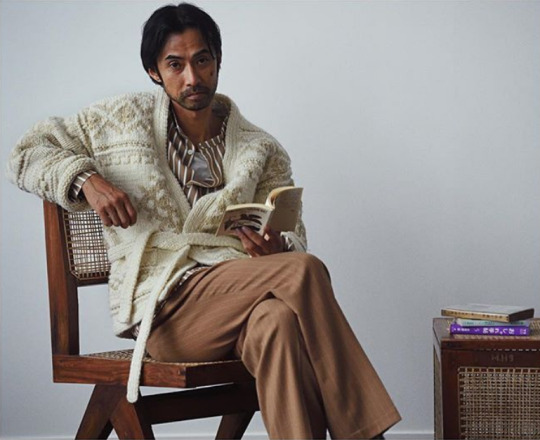
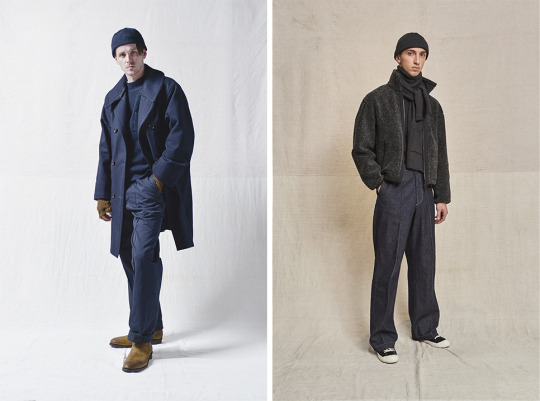
OLD JOE
The world today is so fraught with division and pettiness, I try to find whatever joy I can. That’s why I have a Google Alert set for “voluminous and oversized trousers that will send guys into a rage about how they can’t believe this is coming back again.” The angry emails I get after posts like this sustain me.
My Google Alerts recently led me to Old Joe, a Japanese brand that combines vintage workwear and designer fashion. The clothes here have a strong, early-20th century sensibility – work pants, jeep coats, and band collar pullovers – but the silhouettes and materials are a bit more experimental. Wide-legged, voluminous trousers are paired with outerwear that’s been cut with massive shoulders and big, drippy silhouettes. And while you can find your classically styled knitwear here, there are also shaggy mohair sweaters made from bright yellow yarns.
In some ways, Old Joe reminds me of Needles, Margaret Howell, and Frank Leder, three brands that do similarly modern takes on vintage clothing. There are even faint echoes of ‘80s era Armani in their latest lookbook, especially in how the oversized ensembles are tied together with a string-like belt. Ethan Newton, who put me onto the brand a few years ago (I don’t actually have a Google Alert set for big pants), once told me he thought Old Joe is one of the more interesting brands coming out of Japan. And I think he’s right.
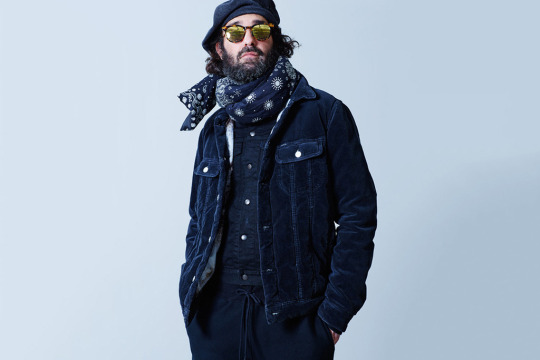
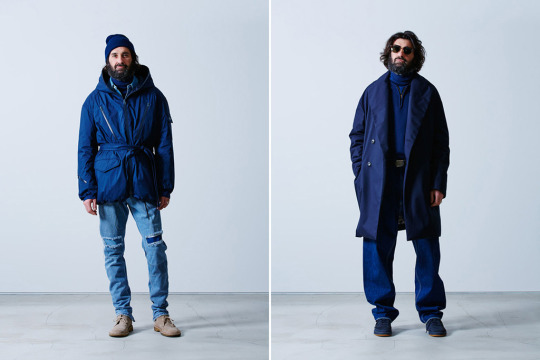
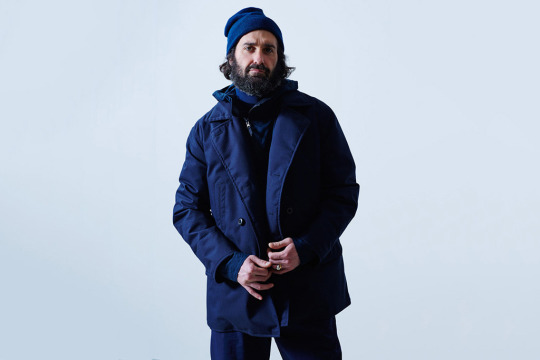
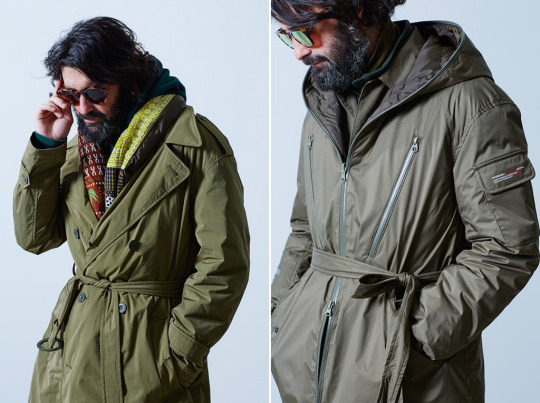
NYUZELESS
Truth be told, these posts are mostly a way for me to mention Japanese workwear brands (like Old Joe). Nyuzeless – short for “not useless” – is another such company. Like a zillion other Japanese labels, they do modern, slightly streetwear takes on vintage Americana, workwear, and outdoor-styled clothing. In their last few collections, you can find down-filled fishtail parkas and goat-suede M-65 jackets, outerwear inspired by American flight suits, and lots of indigo.
I haven’t had a chance to handle their clothes, but in photos, the cuts look forgiving. As much as I love Japanese brands such as Beams and Nonnative, their narrow shoulders and short coats make them all but impossible to appreciate outside of a computer screen. In that sense, Nyuzeless might be one of those rare Japanese brands you can actually wear, making them literally not useless.
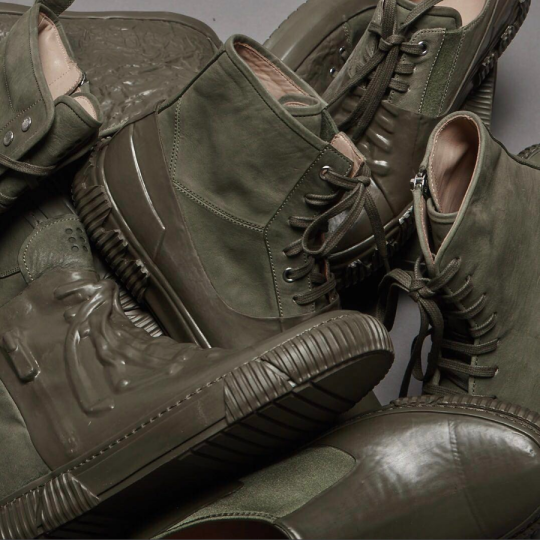

BOTH PARIS
The simplicity of Common Projects’ Achilles makes them unassailable – and, if we’re to be honest, a little bit boring. That sort of inoffensive, all-white sneaker look has given rise to the current trend of oversized and intentionally ugly dad shoes. Some designs, such as Balanciaga’s Triple S, are undeniably bad. Other sneakers, such as New Balance’s 990s and Raf Simons’ Ozweegos, are still bad, but ones I admittedly like.
Between the worlds of the polite and profane is Both, a Parisian company creatively covering iconic sneaker styles in vulcanized rubber. To be sure, vulcanized rubber sneakers are nothing new – most Vans, for example, feature a vulcanized rubber sole. Both, however, is unique in that the designs are a bit more daring. This past season, they made their uppers from vegetable-tanned horsehides, as well a densely-woven cotton fabric known as Ventile – favored by the British military for its breathability and water resistance. Many of these sneakers look like the galoshes you’d slip over your regular footwear, and I imagine they’re just as handy in the rain.
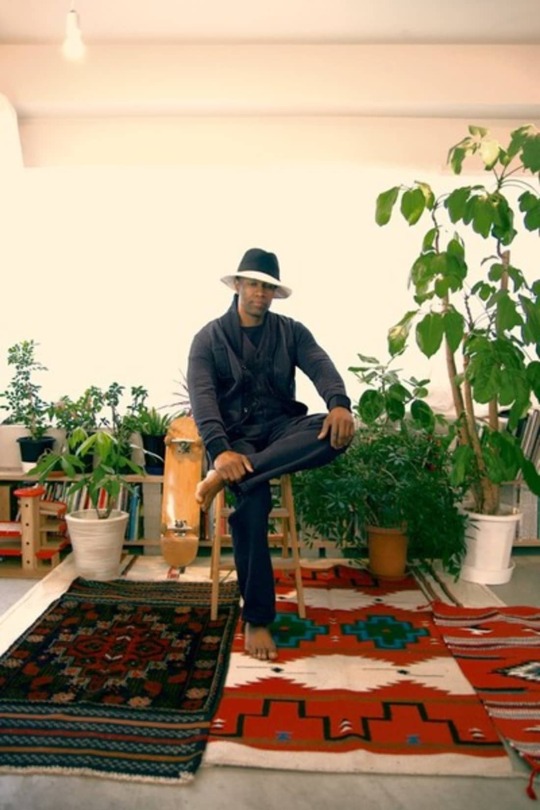
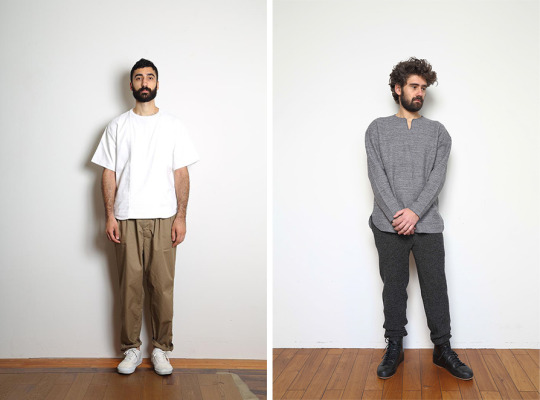

BLURHMS
More than just an incredible word consisting of six consonants and one vowel, Blurhms is a Japanese brand specializing in well-executed basics. To be sure, they have some creatively designed items – such as their slimmed-down version of Thai fisherman pants, which wrap around the waist – but most of the things I like from them are fairly simple. There are the soft fleece sweatshirts, work shirts with spacious pockets, and my favorite of all, their woven pullovers featuring Moroccan collars. Nothing ground breaking, but just better versions of things you can wear with your favorite coats and jackets.
Also, whenever I see this brand, I think of this great paragraph my friend Pete once wrote for Four Pins:
If I were a high school sophomore taking an AP world history exam and got cornered into writing about World War II, even though the class never made it past the Boxer Rebellion, I would write a succinct, 100% bullshit essay on the Battle of Blurhms, a small forest on the Franco-German border. Then I would pray the grader wouldn’t know that Blurhms is really a young brand (founded 2012) making cozy boy and cozy girl basics, primarily in Japan, with the marled textures and subtle folk detailing that complement a life spent deeply reading, browsing estate sales, and caring for succulents.
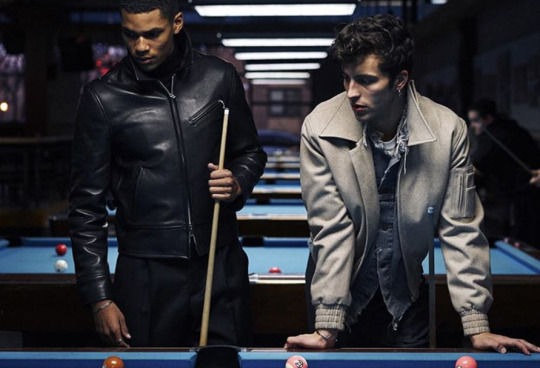
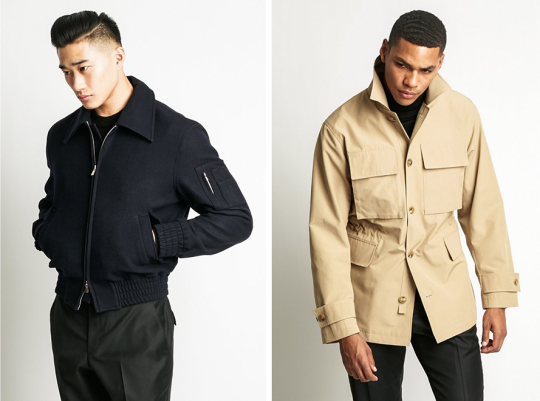
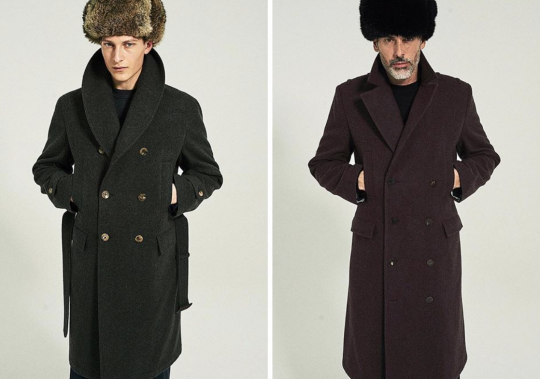
HVRMINN
Hvrminn’s designer is a Korean-American named Minn Hur – and the company’s name reflects the Korean tradition of putting the familial name first. The designs here have a post-war, 1950s militaristic feel. The coats emphasize that traditionally masculine, v-shaped silhouette; the shirts have long point collars. The trousers, while slim and tapered, are occasionally made with a slightly roomier top block. Again, all in an effort to stress that more athletic and masculine silhouette, while also being very contemporary.
The company has three sub-lines. The Cashmere Label is straightforward; the Eponymous Label is the company’s mainline; and the Perpetval Label is the slightly more affordably priced collection sold directly to consumers. The company also has a brick-and-mortar shop in NYC, where they can meet people for custom-made suits. (Hvrminn actually started as a made-to-measure suit company, where they had all their tailoring done by Martin Greenfield, although nowadays they use a factory in South Korea).
I like Hvrminn for the same reasons I like Stoffa. They have a contemporary style that feels different from everything else on the market, and while the pieces come together in an interesting way online, individual pieces can be easily integrated into almost any wardrobe. The wool bomber, for example, can be used with either jeans or tailored trousers, but the rounded body and oversized collar give it a dramatic sense of style.
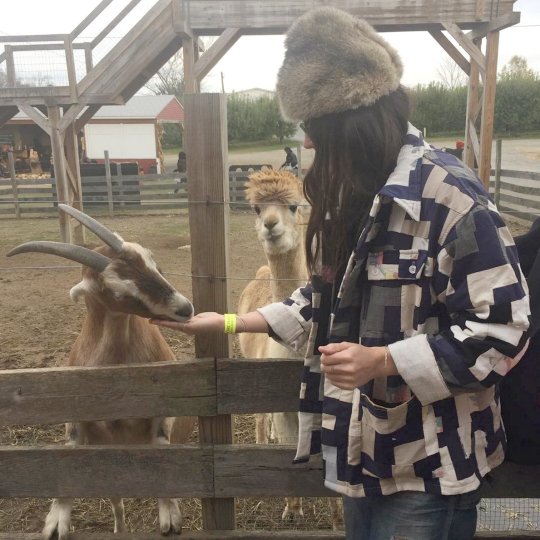
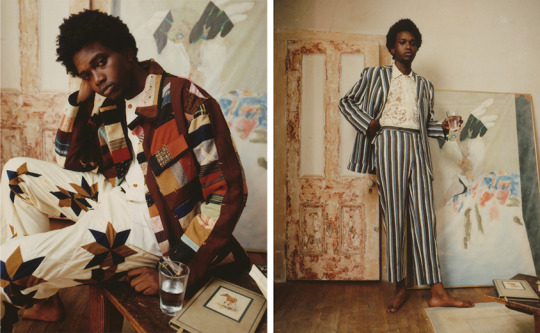
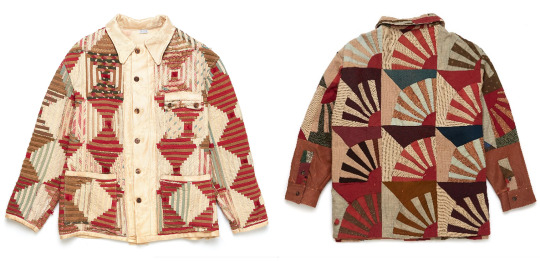
BODE NEW YORK
There are two great American textile traditions. The first is denim; the second is traditional quilts and coverlets. Early American colonists, having arrived to the New World from Western Europe, brought with them their traditional arts and crafts. And one of those was making bed coverings – embroidered, patched, appliquéd, and woven – from wool, linen, and an extraordinary amount of handwork. These traditions were partly about art, partly about practicality, and partly about community stories.
Years ago, a collector told me you can find traditional, handmade quilts all over the place in New England and Mid-Atlantic. While these can cost thousands in California, antique dealers on the East coast will use their grandmother’s quilts to pad furniture. “Some of these guys just don’t know how much they’re worth, so they’re dragging these across hard concrete while moving rosewood tables across flea markets,” he said.
Emily Bode is a textile collector, rescuing vintage fabrics for her NYC-based brand Bode (pronounced BOD-hee). She buys handmade quilts and table linens from antique dealers, then turns them into jackets, pants, and shirts. The silhouettes are often boxy, but charmingly so, and the patchwork patterns give the garments a sort of shabby chic sensibility. To be sure, some of the clothes can look a bit campy on men, but I like the concept. And as artistic pieces, the jackets are simply beautiful.
Readers interested in traditional quilts may want to check out the Metropolitan Museum of Art’s book on the subject. It’s a great read.
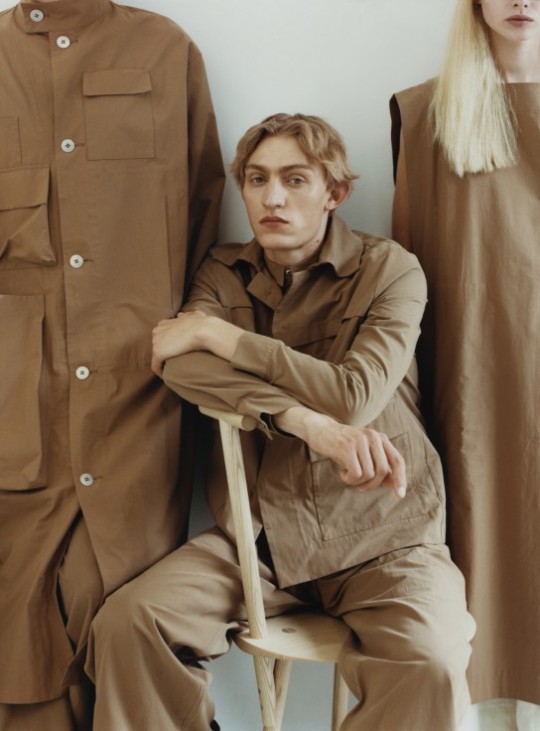
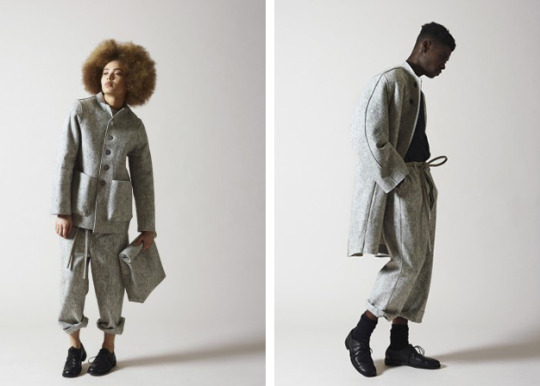
TOO GOOD
Too Good’s clothes feel like they’re out of a strange dream. The two sisters behind the label, Faye and Erica Toogood, grew up on the English countryside. And before becoming fashion designers, Faye worked as a sculptor and furniture designer, Erica as a pattern maker, creating costumes for theatre productions. That history, having grown up amid furrowed fields and then working in the arts, defines their creations. The clothes here are rustic, made from felted wools and sturdy cottons, but they’re cut in unconventional ways. Too Good is practical, sculptural, and audaciously creative.
By nature of being creative, some of these clothes can be challenging to wear. At the same time, what you’ll often find in stores can be appreciably simple – postman jackets, cinch-back trousers, and work shirts. The clothes are cut loose, then shaped through a creative use of darts and seams. And to turn these into something more than just tradesman clothes, the team often processes their materials through various finishes – hand painting linens, heat sealing cottons, or washing cashmere-linen blends.
Admittedly, I mostly like the company for their lookbooks, which are wonderfully inspiring. See the ones below – one looks like a Barbour catalog, the other is a monochromatic blue collection presented with some theatrical masks. You can find more of their lookbooks at their website.
